13 Vegetables You Can Still Plant in Late Summer
Planting vegetables in late summer is a great way to extend your gardening season and enjoy fresh produce into the fall. As temperatures begin to cool, many crops thrive in the milder weather, offering you the chance to harvest nutrient-packed vegetables right before the first frost. Whether you’re growing leafy greens, root vegetables, or fast-maturing varieties, late summer planting ensures a bountiful and flavorful harvest.
This post may contain affiliate links, which helps keep this content free. Please read our disclosure for more info.
Kale
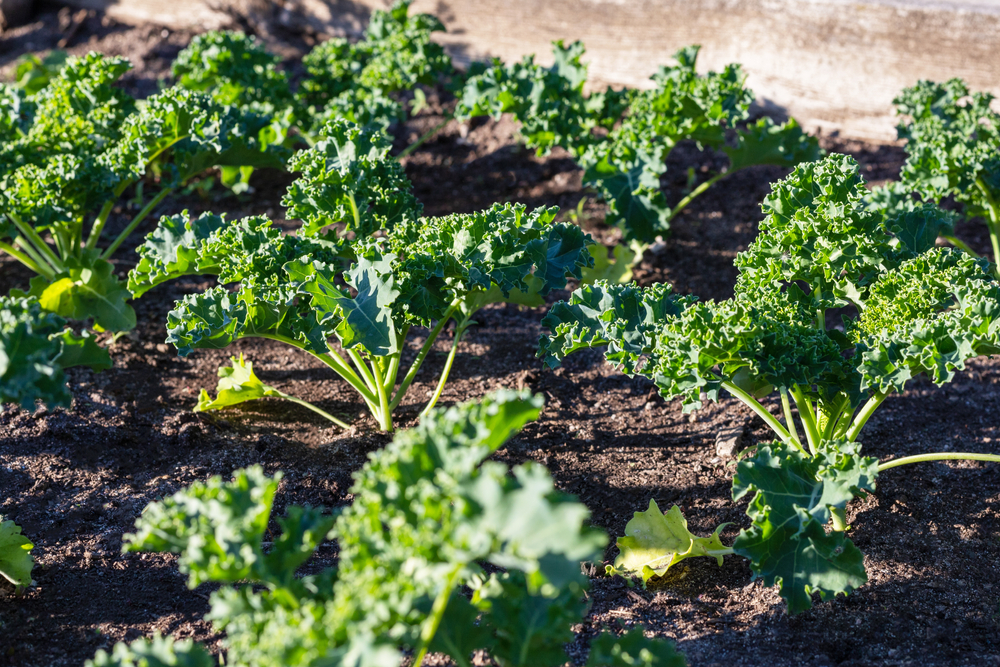
Kale is a tough, cool-season vegetable that can withstand the temperature drops of late summer and early fall. This leafy green thrives in the cooler weather of autumn, where it becomes sweeter after the first frost. You can plant kale late in summer for a fall harvest, as it matures quickly in about 50-75 days, depending on the variety. Since kale tolerates cold well, you can keep harvesting its leaves well into winter, making it a reliable and hardy addition to your garden.
For best results, plant kale in soil that is rich in organic matter and has good drainage. Water it regularly to keep the soil moist but not soggy, and choose a location that receives full sunlight or partial shade. Kale is perfect for adding to salads, soups, and smoothies, offering a fresh, nutrient-packed vegetable all season long.
Spinach
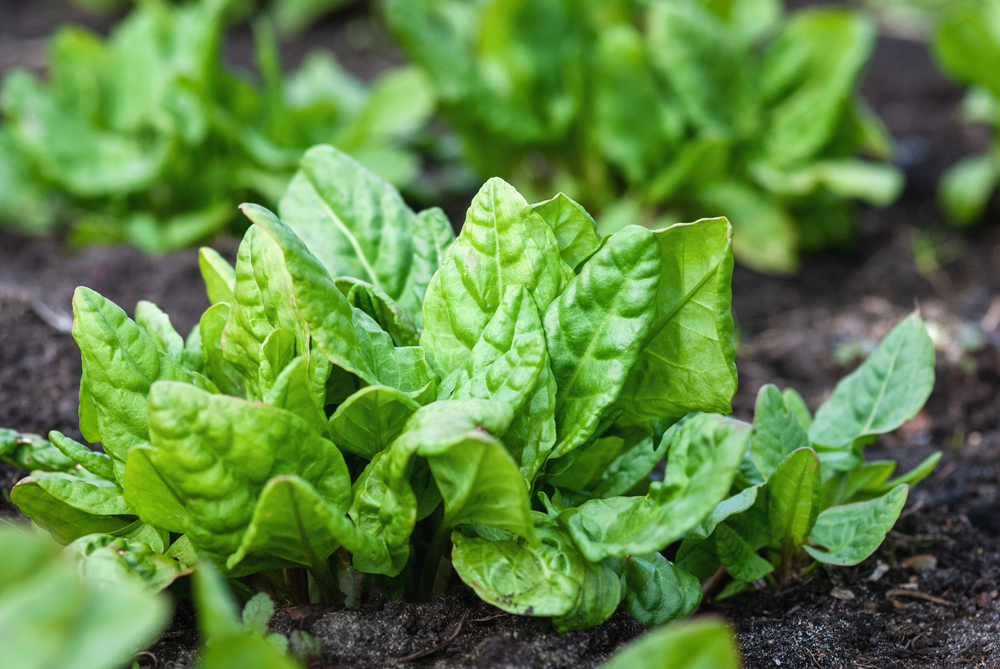
Spinach is an excellent choice for late-summer planting due to its ability to grow quickly in cooler temperatures. It thrives in the fall months when daytime temperatures are mild and nights are cooler. Spinach seeds typically germinate in 5-9 days, and you can start harvesting tender leaves in as little as 30 days. Since spinach is a fast-growing crop, it allows for multiple harvests in a short period, making it perfect for those seeking a quick, nutrient-dense crop.
When planting spinach, make sure the soil is rich in nutrients, well-draining, and kept consistently moist. If possible, provide some afternoon shade to protect it from the late summer heat. Spinach does well in both containers and garden beds, and it can tolerate light frosts, which only improve the flavor. It’s an ideal green for fresh salads, cooking, or even freezing for later use.
Lettuce
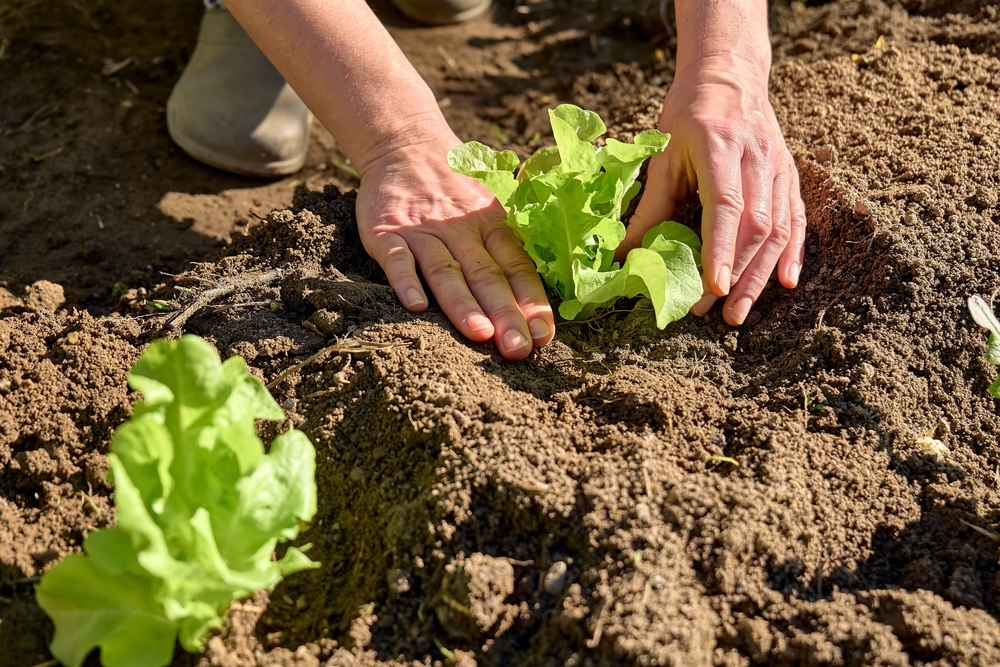
Lettuce is another cool-season vegetable that thrives in late summer. It grows quickly and can be harvested in about 30 to 45 days. With varieties such as butterhead, romaine, and leaf lettuce, you have the flexibility to choose from a range of textures and flavors. Lettuce does best in mild temperatures and can even handle light frosts, making it perfect for planting in late summer for a fall harvest.
Plant lettuce in well-drained, fertile soil and provide it with consistent moisture. While it does best in full sun, it can tolerate some shade, which can help it grow better in the heat of late summer. The cool fall temperatures allow the lettuce to grow slowly, making it tender and flavorful for your salads. By planting it later in the season, you can extend your harvest and enjoy crisp, fresh greens throughout the fall.
Broccoli
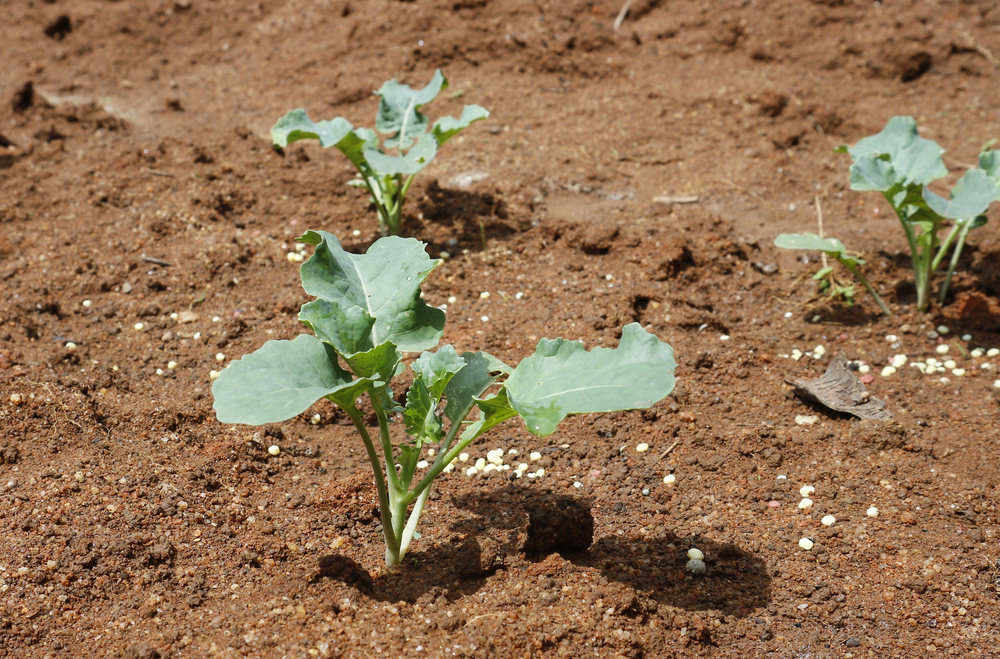
Broccoli is a great vegetable to plant in late summer for a fall harvest, as it prefers cooler temperatures. It typically takes 60-100 days to mature, so planting it in late summer allows it to grow and develop fully before the first frost. Broccoli is sensitive to heat, so the cooler days of late summer and fall provide the perfect growing conditions for this nutritious vegetable. You can harvest both the main head and side shoots, ensuring a long harvest period.
Plant broccoli in fertile, well-draining soil with plenty of organic matter to support its growth. It needs consistent watering to keep the soil moist but not soggy. For the best results, choose a sunny spot in your garden and allow enough space between plants for proper air circulation. Broccoli’s dense, leafy structure provides excellent shade for other plants, making it a great companion crop as well.
Cabbage
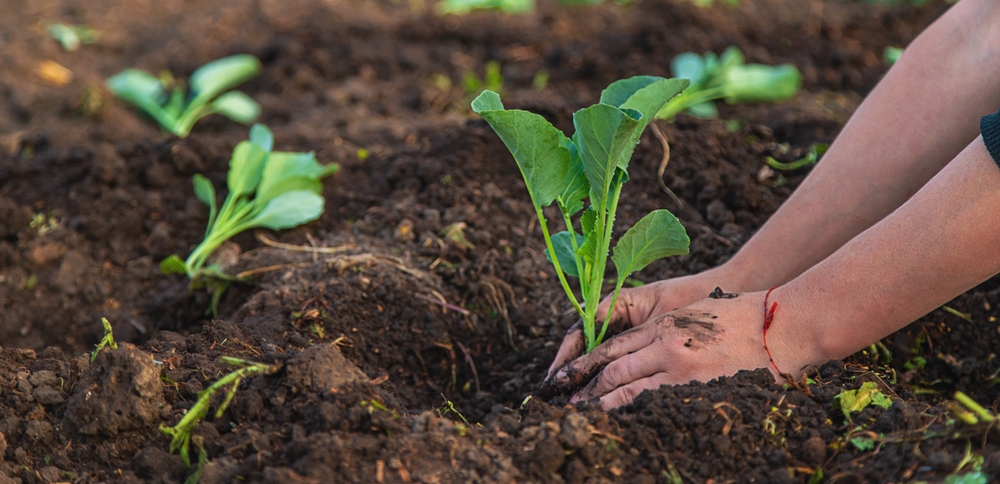
Cabbage is a cool-season vegetable that thrives in late summer and fall. It requires a bit more time to mature, typically 70-90 days, but the cooler fall weather helps it form dense, flavorful heads. Late summer planting allows cabbage to take advantage of the cool temperatures and moist soil conditions that promote its growth. Cabbage is highly versatile and can be enjoyed fresh in salads, fermented into sauerkraut, or used in a variety of cooked dishes.
For optimal growth, plant cabbage in rich, well-drained soil and water regularly to maintain consistent moisture. Ensure the plants receive full sunlight for at least six hours a day. Cabbage is also a great candidate for fall harvesting, as its leaves are at their sweetest after a light frost, which enhances their flavor. Planting cabbage late in the summer means you can enjoy a hearty crop well into fall and early winter.
Carrots
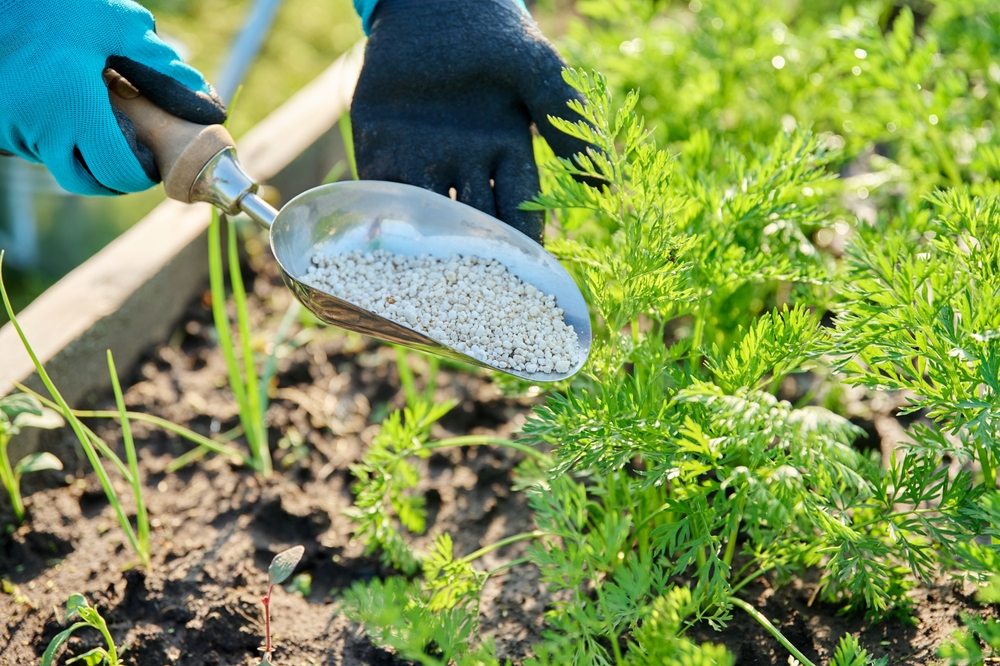
Carrots are a great vegetable for late summer planting, as they grow well in the cooler fall weather. These root vegetables take about 60-75 days to mature, and planting them in late summer ensures that they will be ready for harvest just before the first frost. Carrots tend to have a sweeter flavor when grown in cooler temperatures, making them an excellent choice for a fall harvest. Additionally, their deep roots help them resist frost, making them perfect for storing through winter.
To plant carrots, choose a sunny spot with loose, well-draining soil. Carrots do best in soil free of rocks and debris, as they need room to grow straight. Regular watering is important to keep the soil moist, but avoid overwatering, which can lead to poor root development. Harvest carrots when they reach the desired size, and enjoy their fresh, sweet flavor in a variety of dishes.
Bush Beans
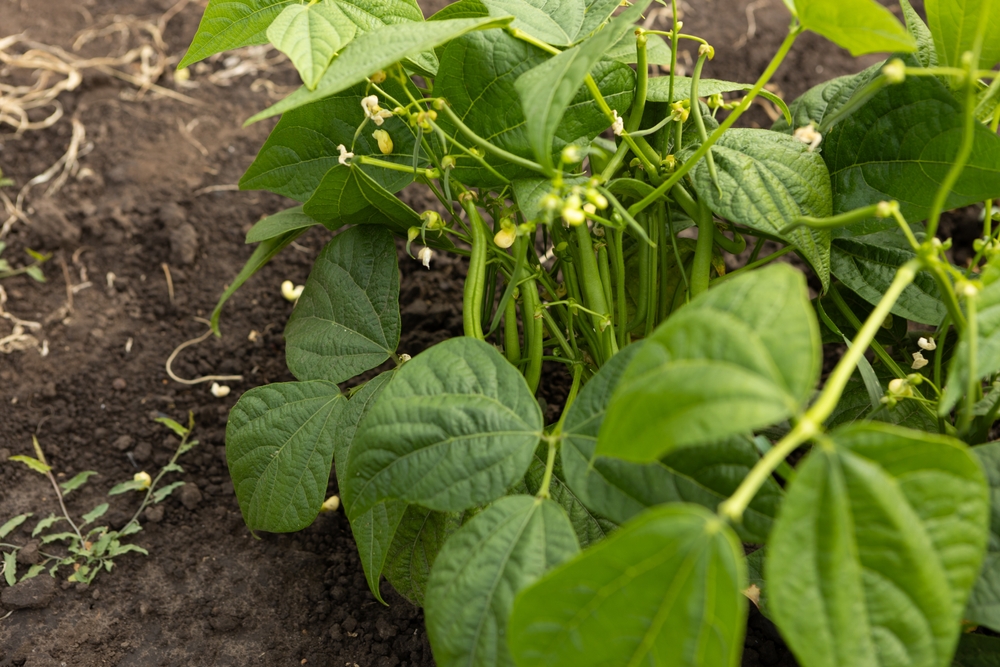
Bush beans are one of the fastest-growing vegetables and can be planted in late summer for a quick harvest before the frost. They mature in as little as 50-60 days, making them ideal for a late-season crop. These beans thrive in the warm soil of late summer, but once temperatures begin to cool, they set pods quickly. Bush beans do not require support, making them easy to plant and manage in smaller garden spaces.
Plant bush beans in well-draining soil that is rich in organic matter. These beans prefer full sunlight, so choose a sunny spot in your garden. Regular watering will help them grow quickly, but be sure to avoid overwatering. Since bush beans grow fast, they offer a great final harvest before the frost, giving you an abundance of fresh beans for the fall.
Cucumbers
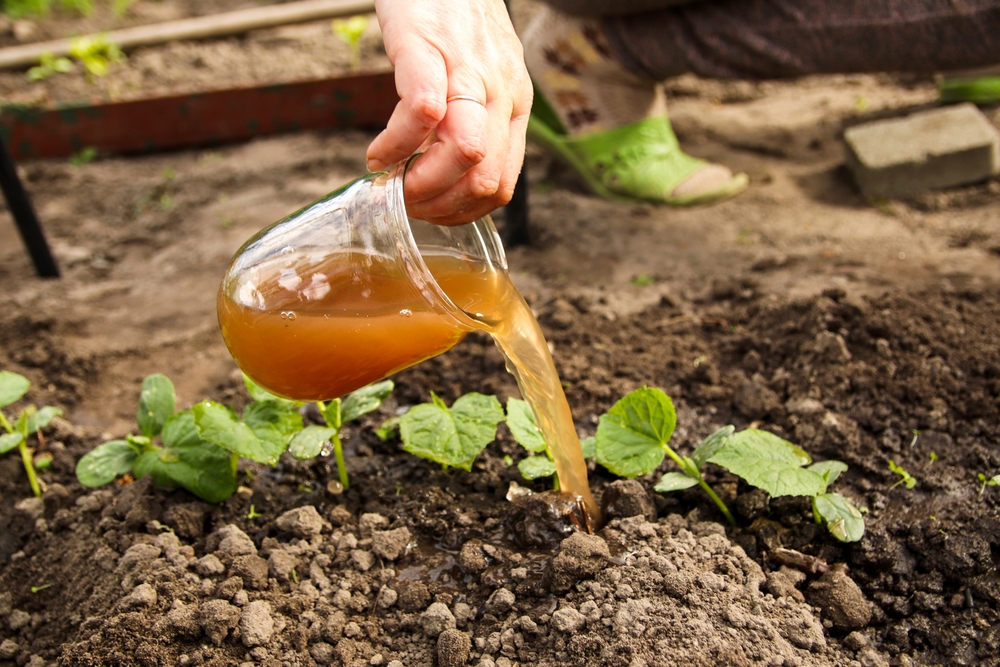
Cucumbers are another fast-growing vegetable that can be planted in late summer for a final harvest before the first frost. Depending on the variety, cucumbers can be harvested in 50-70 days. These plants thrive in the heat of late summer and can tolerate the warmer soil conditions, producing crisp, refreshing cucumbers for fresh salads or pickling. Planting cucumbers late in the summer allows you to harvest one last crop before frost sets in.
For best results, plant cucumbers in well-drained, fertile soil with plenty of sunlight. They need regular watering to keep the soil moist, especially during hot spells. Make sure to provide adequate space for the vines to spread, as cucumbers can become quite large. With a little care, you’ll be able to enjoy a fresh batch of cucumbers right before the cooler weather arrives.
Zucchini
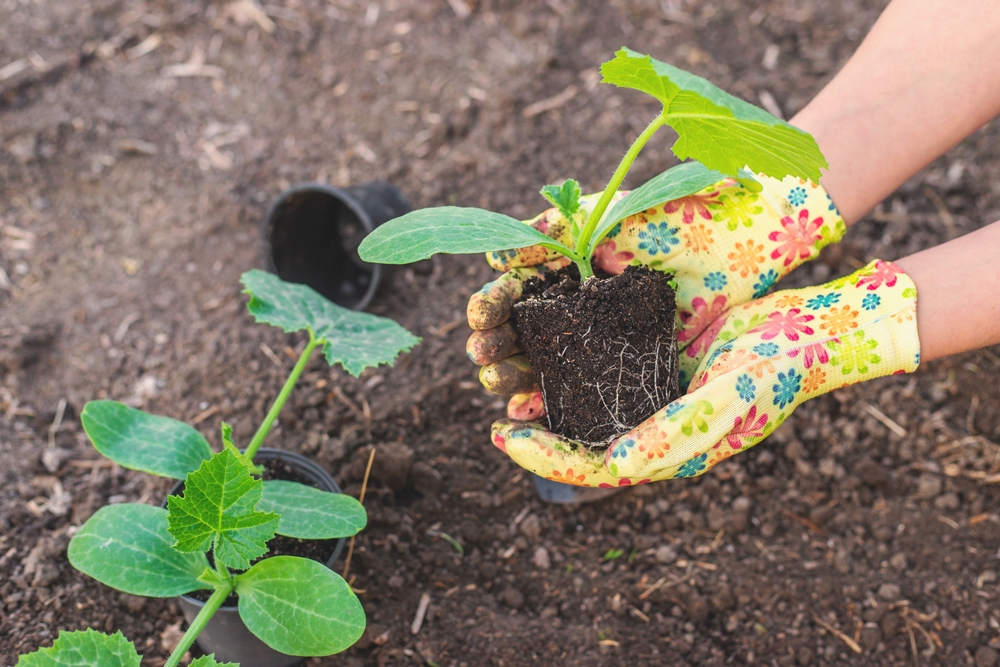
Zucchini is a prolific grower, and it matures quickly, typically in 50-60 days. By planting zucchini in late summer, you can enjoy a final harvest before the first frost. Zucchini thrives in the warm soil of late summer, producing large, tender fruits perfect for grilling, baking, or sautéing. Its rapid growth and ease of care make it a great choice for gardeners looking to maximize their harvest before the season ends.
Plant zucchini in a sunny location with fertile, well-draining soil. Regular watering is essential to keep the soil moist and support healthy growth. Since zucchini plants produce abundantly, you’ll likely have more than enough for various dishes. By planting it late in the summer, you’ll ensure a bountiful harvest before the frost arrives, extending your gardening season.
Beets
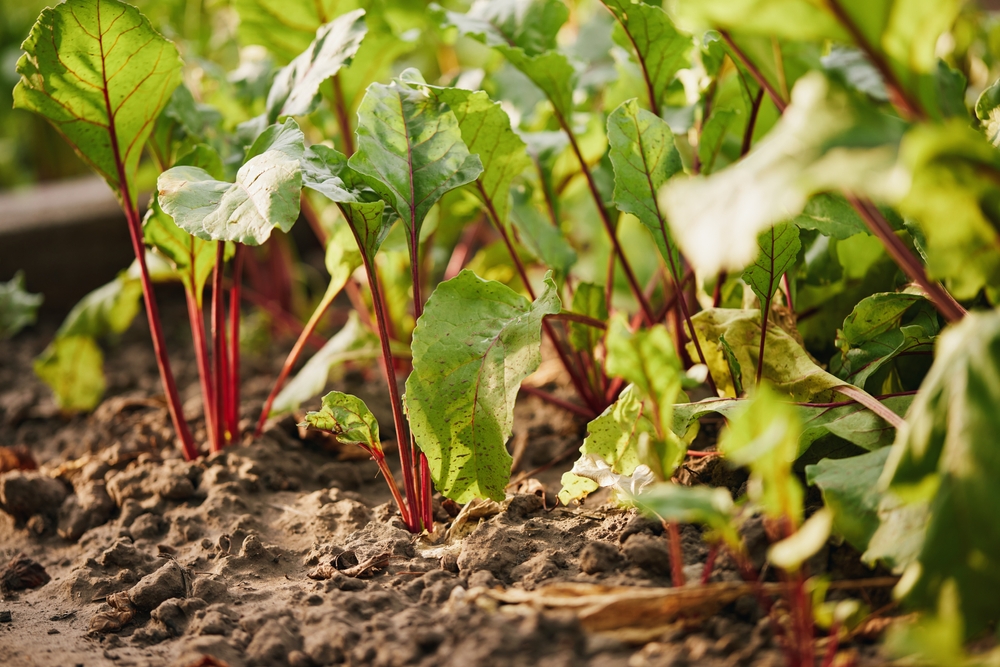
Beets are another great vegetable to plant in late summer, as they thrive in cooler temperatures and can be harvested well into fall. Beets typically mature in 50-60 days, making them perfect for a late-season crop. These root vegetables are highly versatile and can be enjoyed roasted, boiled, or raw in salads. The cool weather of fall enhances their sweet, earthy flavor, making them a treat for any gardener.
Plant beets in loose, well-draining soil to allow their roots to develop properly. Beets prefer full sunlight, so choose a sunny spot in your garden. Regular watering is important to keep the soil evenly moist, but be cautious not to overwater. Harvest beets when they reach the desired size, and enjoy their tender, flavorful roots in your fall meals.
Radishes
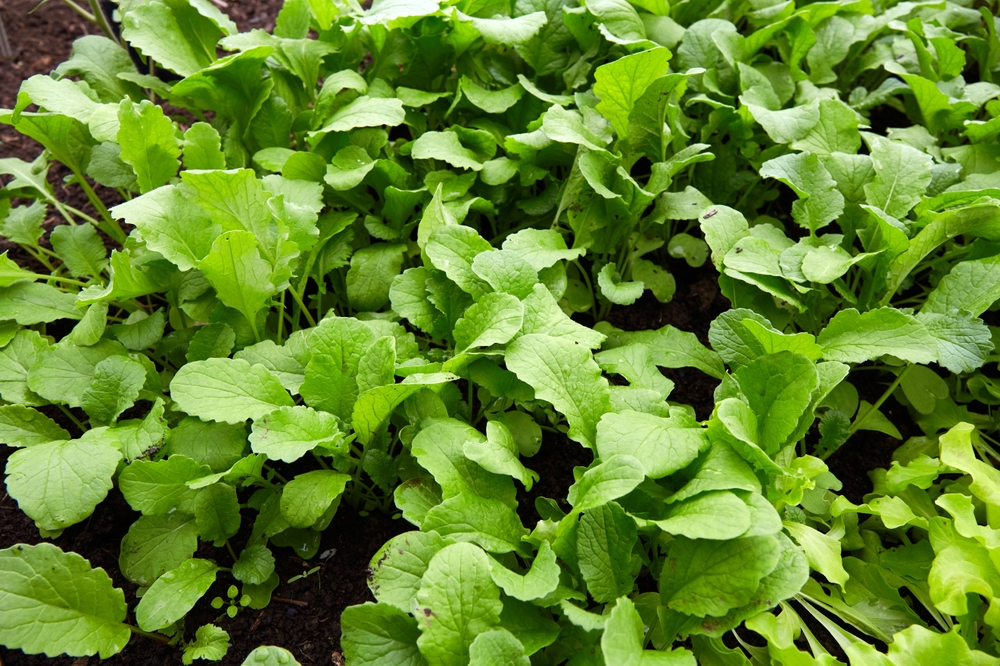
Radishes are one of the fastest-growing vegetables, making them an excellent choice for late-summer planting. They mature in as little as 30 days, allowing you to enjoy a quick harvest before the first frost. Radishes thrive in the cooler temperatures of fall, which makes them ideal for planting late in the season. Their crisp texture and mild flavor make them perfect for adding a fresh bite to salads or garnishes.
Radishes prefer loose, well-draining soil with plenty of organic matter. These vegetables need regular watering to keep the soil moist but not soggy. Since they grow quickly, you can enjoy several harvests throughout the fall season. Their adaptability to cooler temperatures makes them a reliable and easy vegetable to plant in late summer.
Turnips
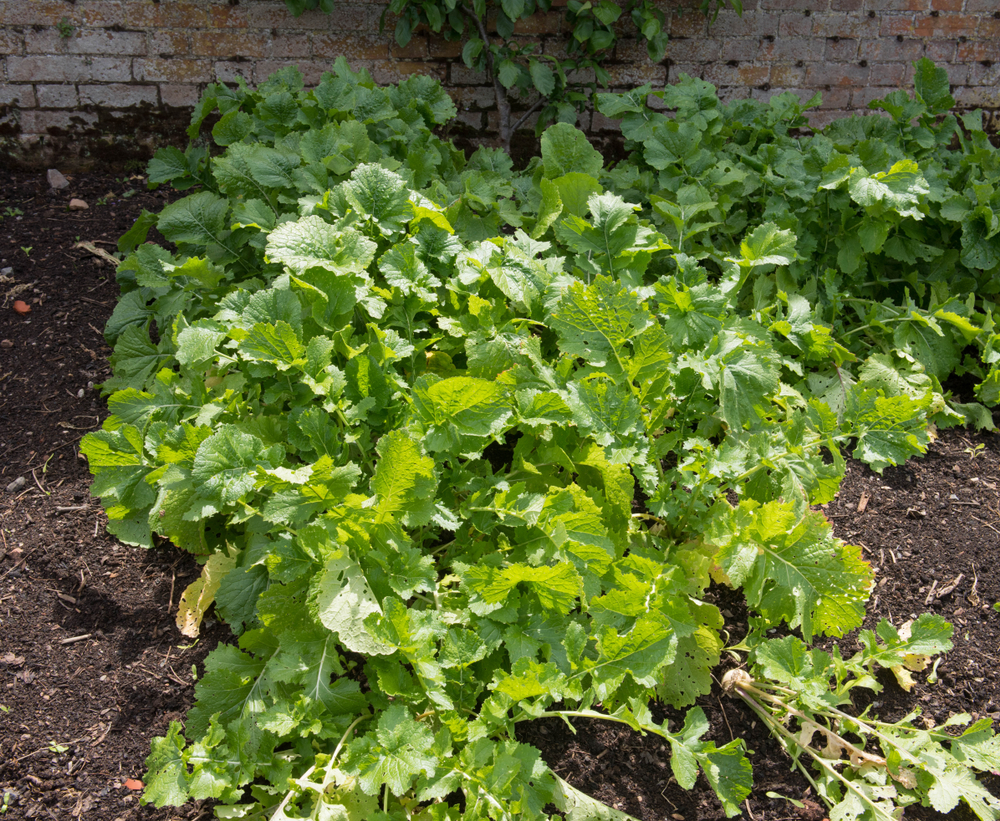
Turnips are a great root vegetable for late summer planting. They mature in about 50-70 days, so by planting them in late summer, you’ll have a fresh crop just in time for fall. Turnips thrive in cooler temperatures, and their flavor becomes sweeter after the first frost. Both the roots and the greens are edible, making them a versatile addition to your fall harvest.
Plant turnips in well-drained, fertile soil and ensure they receive consistent moisture. They prefer full sunlight, so choose a spot in your garden that gets plenty of sun. With a little care, turnips will produce flavorful roots and tender greens that are perfect for soups, stews, or roasted dishes.
Mustard Greens
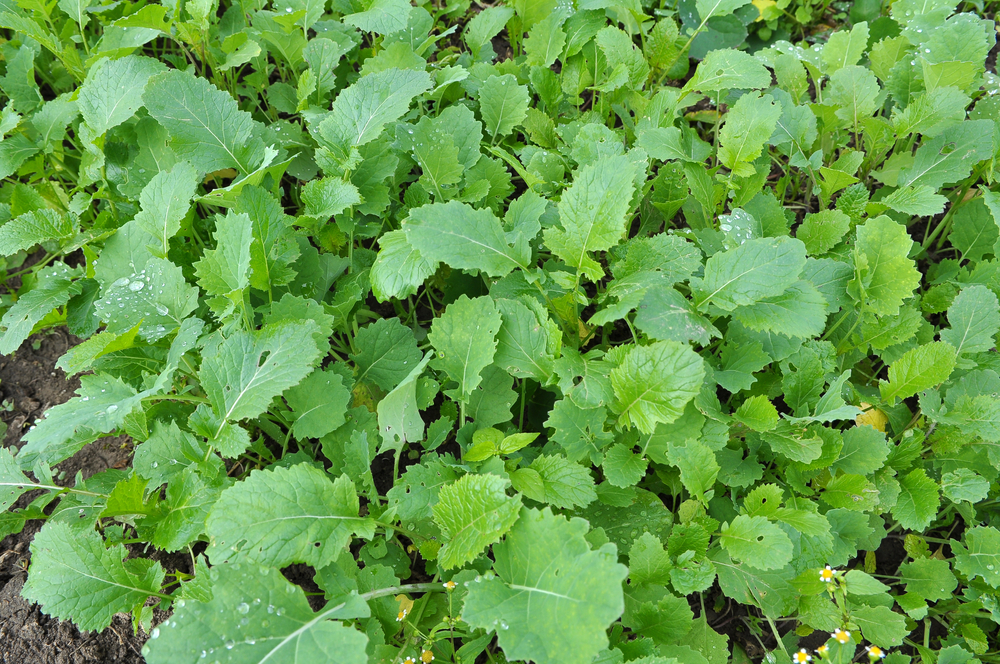
Mustard greens are another cool-season vegetable that does well in late summer planting. They grow quickly, typically maturing in 30-45 days, and their flavor is spicier when grown in the cooler temperatures of fall. Mustard greens are packed with nutrients, making them a great choice for anyone looking to add healthy greens to their garden. They can be harvested at various stages, giving you flexibility in when to pick them.
Plant mustard greens in fertile, well-draining soil with plenty of sunlight. They need regular watering to keep the soil moist but not soggy. These greens are perfect for adding a peppery kick to salads or sautéing with garlic and olive oil. Planting them late in the summer ensures you have a fresh harvest of mustard greens throughout the fall.
This article originally appeared on Avocadu.
